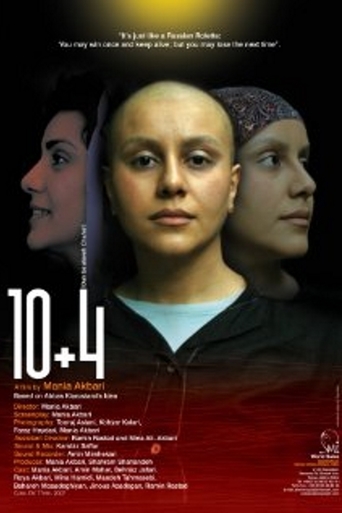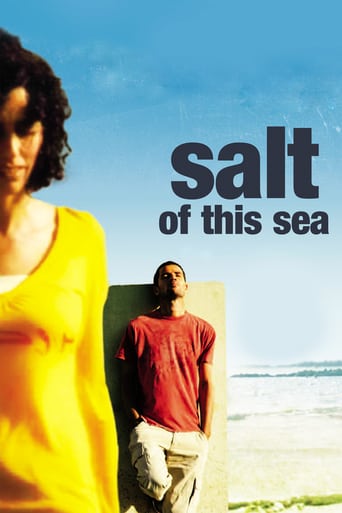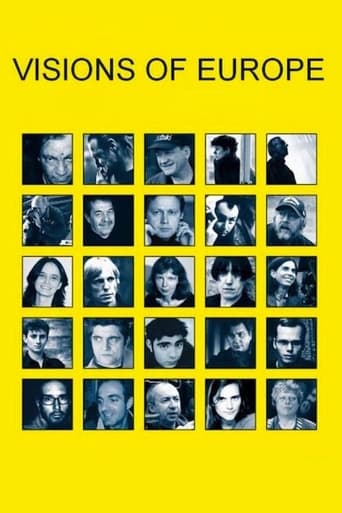

10 + 4 (Dah be alaveh chahar) (2007)
After casting painter and video artist Mania Akbari as the central figure of his groundbreaking Ten (2002), and then witnessing her outstanding debut as a feature film director in 20 Fingers (2004), Abbas Kiarostami urged her to direct a sequel to the film. In Dah be alaveh Chahar (10 + 4), though, circumstances are different: Mania is fighting cancer. She has undergone surgery; she has lost her hair following chemotherapy and no longer wears the compulsory headscarf; and sometimes she is too weak to drive. So the camera follows her to record conversations with friends and family in different spaces, from the gondola she had famously used in her first feature to a hospital bed.
Watch Trailer
Cast


Similar titles
Reviews
In truth, there is barely enough story here to make a film.
It really made me laugh, but for some moments I was tearing up because I could relate so much.
The film never slows down or bores, plunging from one harrowing sequence to the next.
The biggest problem with this movie is it’s a little better than you think it might be, which somehow makes it worse. As in, it takes itself a bit too seriously, which makes most of the movie feel kind of dull.
Dah Be Alaveh Chahar - (AKA 10 + 4, 2007) - represents a sequel to Abbas Kiarostami's 2002 art-house hit 10. This outing, however, is directed not by Kiarostami but by his lead actress from the earlier film, Mania Akbari, essaying both her second directorial credit and the lead role in this picture. As in the first installment, Akbari spends her screen time as an unnamed character, driving a car and conducting long conversations with passengers - including her son, her sister and others. Yet here, she's suffering from a terminal cancer that is slowly worming its way through her body. When it renders her completely incapacitated as a driver, she moves to the backseat and conducts her conversations from that locale. In fact, the cancer in time becomes so advanced that it begins to direct the woman's movements, actions and film making; throughout the picture, the film's point of view never takes its gaze off of the female subject. ~By:Nathan Southern, Rovi













